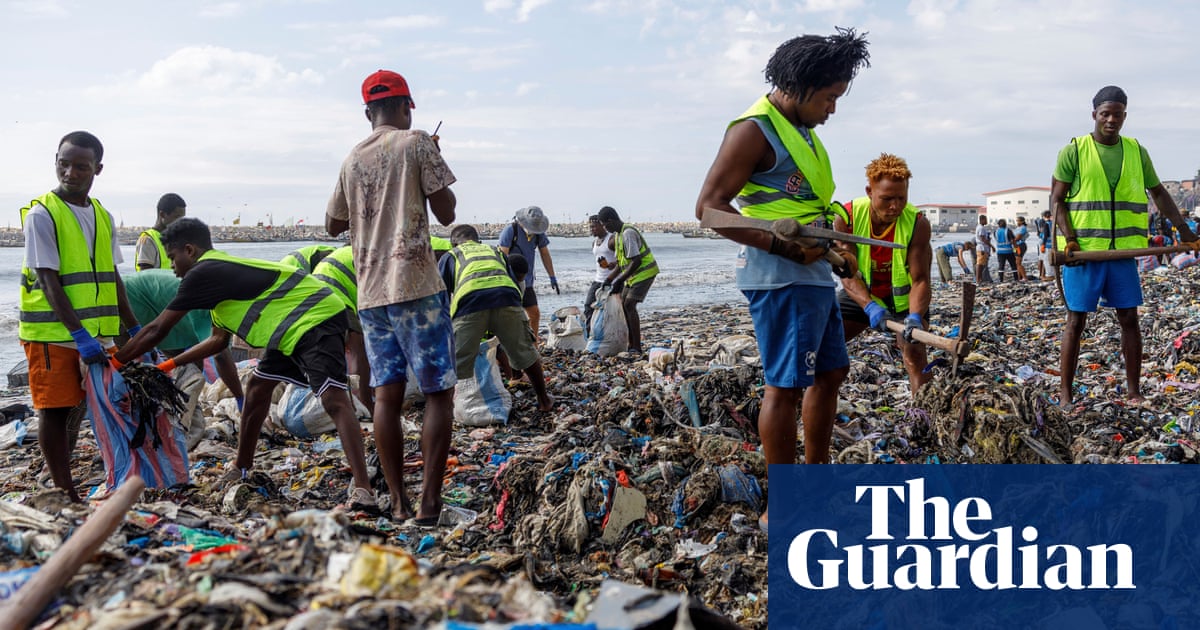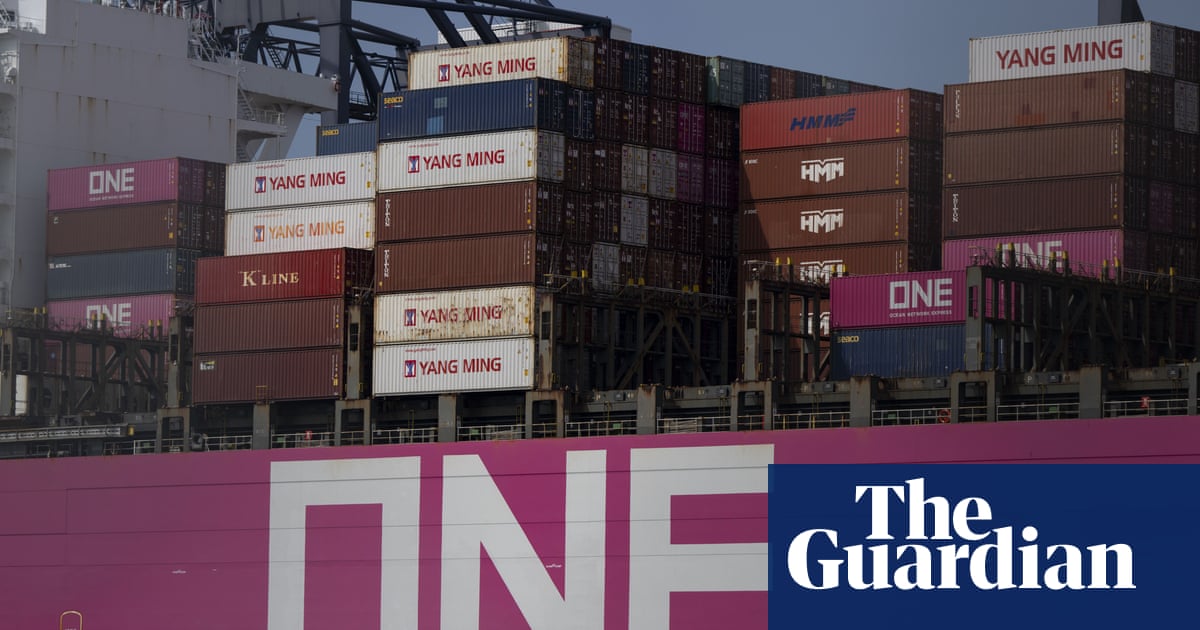fromBusiness Insider
3 days ago4 fashion brands and retailers that filed for bankruptcy in 2025 - and why
An uncertain economic environment has led some consumers to be more selective about where they spend their money. As a result, some are reaching for cheaper styles - fast-fashion retailers like Shein took market share from competing brands in 2024, according to data and analytics company GlobalData - or buying secondhand clothing. Many retailers and restaurants, such as baby apparel brand Carter's and department store chain Macy's, have been shuttering stores.
Fashion & style





















